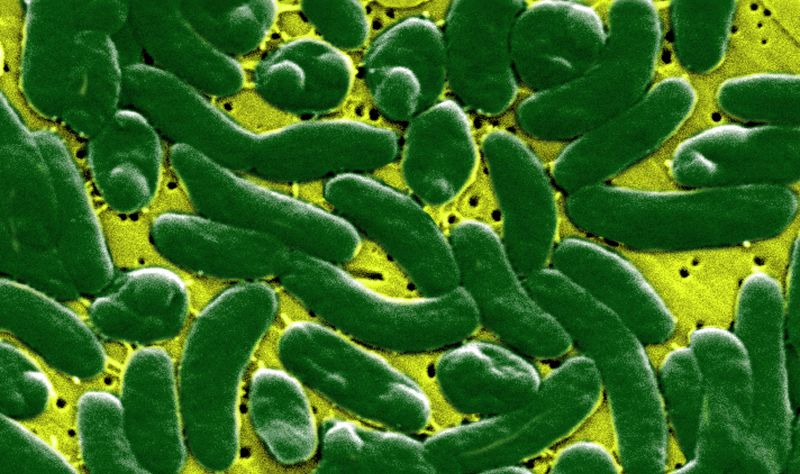Florida has seen a recent increase in confirmed cases of flesh-eating bacteria following the devastating hurricanes Helene and Milton, according to state health department data.
The Tampa Bay-area counties of Hillsborough and Pinellas – which were inundated by torrential rain and a devastating storm surge – saw the largest increase of the bacteria Vibrio vulnificus commonly found in warm coastal waters, but concentration levels can rise with heavy rain or flooding. Before Hurricane Helene made landfall on September 26, there were no reported cases in Pinellas County and one in Hillsborough County. Now, Pinellas has 13 confirmed cases, and there are seven in Hillsborough.
Florida had six confirmed cases of Vibrio vulnificus in September before Hurricane Helene’s arrival but the number rose to 24 by the end of the month. There have been 38 confirmed cases since the hurricanes struck, bringing the total to 76 this year.
People can become infected by Vibrio vulnificus by ingesting or exposing open wounds to contaminated water or by eating improperly cooked seafood. Those with compromised immune systems, liver disease or and open wounds are at higher risk of Vibrio vulnificus infection.
Of the 150 to 200 Vibrio vulnificus cases reported to the US Centers for Disease Control and Prevention every year, about one in five people die from the infection, sometimes within one or two days of getting sick.
The Florida Department of Health issued a statement last week, ahead of Milton’s landfall, urging residents to remain vigilant and avoid floodwaters where Vibrio bacteria can multiply rapidly.
The agency recommends people avoid swimming or wading in floodwaters. If someone must come into contact with potentially contaminated water, they should cover any wounds with a waterproof bandage and wash thoroughly afterward.
